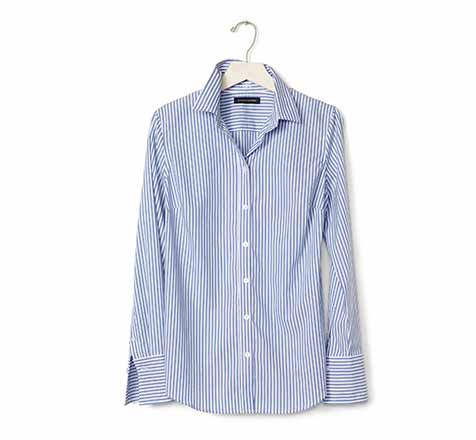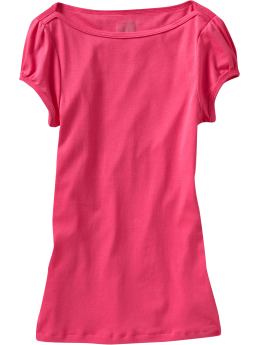Women’s Clothes – Women Wore Jeans Brightly Colored Psychedelicpatterns And Non-Western Inspired Clothing
 Here online, you can check a fine collection of casual pants for women, including skinny pants, flare pants, crop pants, leggings, joggers, and more.
Here online, you can check a fine collection of casual pants for women, including skinny pants, flare pants, crop pants, leggings, joggers, and more.
Our iconic denim jeans are a hot favorite, and we love surprising you with new styles, colors, and washes that are in sync with the latest fashion trends for women.
Choose from ggle coats, puffer jackets and vests, parka jackets, blazers, and identical stylish outerwear. Representing the counter culture, hippie fashion was almost the opposite of mod.
 The emphasis of their style was on comfort and flow.
The emphasis of their style was on comfort and flow.
Women wore jeans, brightly colored, psychedelicpatterns and ‘non Western’ inspired clothing. Basically the buzz around NYC Fashion Weekis always exciting. It’s wonderful to see people from all over the world gather gether for their love of fashion. From 1810 to 1820, dresses became slightly more structured with padded hems and firmer fabrics, like twills and even taffeta. Of course, sleeves began to grow fuller at the shoulder and high waists continued throughout this period but lowered slightly as the years went by.
Dress in this image illustrates tendencies of the transition away from the Empire/Regency fashion aesthetic, similar to a more conical silhouette, and heavy ornamentation around the dress near the hem. Still, the waistline remains high. Our clothes throughout the Great Depression affected everyday clothes. It was the golden age of Escapism and glamour, and that included the fashions on screen. Oftentimes while highlighting the feminine figure, the bias cut made popular by starlet Jean Harlow was made of silk or satin and clung to a woman’s curves. Pictured is a woman in her reform corset from about 1892.
 In the course of the late Victorian Era, various women reformers opposed the restrictions of the tightlacing and boned bodice bodymodifying garments in favor of more practical clothing.
In the course of the late Victorian Era, various women reformers opposed the restrictions of the tightlacing and boned bodice bodymodifying garments in favor of more practical clothing.
In 1881, the Rational Dress Society was founded with the purpose of opposing fashion that deforms the figure, impedes the movements of the body, or in any way tends to injure the health.
Oscar Wilde and his wife Constance were both of the Rational Dress movement. Normally, leg ‘o mutton sleeves and wider skirts highlighted a narrow waist achieved through corseting. By the 1830s, the silhouette of the time had almost fully transitioned from the Empire silhouette of the early 19th century to a silhouette that accentuated the fashionable feminine figure with its sloping shoulders, rounded bust, narrow waist and full hips. Remember, following the war, fashion saw a resurgence of haute couture.
Besides, the harder military look was replaced by soft femininity of Christian Dior’s New Look silhouette, characterized by a small, ‘nipped in’ waist and full skirt falling below ‘mid calf’ length, that contrasted greatly to the 1940s fabric austerity.
Trends followed suit similar to the high waisted trouser Katharine Hepburn made popular.
Like men’s pants, costume jewelry. They needed safe clothing that wouldn’t snag in machinery. Fact, there were also major fashion innovations in the course of the Great Depression.Zippers became widespread. Grunge brought very simple, unkempt grunge look to mainstream fashion in the 1990s. Photographed is 90’s supermodel Kate Moss. On p of that, the minimalist aesthetic contrasted to the more elaborate and flashy trends of the 1980s. Fashion has always been key to how women have presented themselves to the world, and how society has wanted to present women to the world.
From panniersthat emphasized wide hips to shoulder pads that emphasized power, the fashion of the time tells our history in great detail.
Fashion in the years preceding the French Revolution was characterized by great abundance, elaboration and intricacy in clothing designs.
Iconic fashion figure, Marie Antoinette, embodies the decadence of the time. Like bicycling and playing tennis, fashions were created around the activities, with changing attitudes about what was acceptable for women to do. At the turn of the century, fashion ok on simpler, more pragmatic lines with a rise in women’s sportswear. Basically, emphasis of the skirt was place on the rear. Eventually, throughout the Victorian era, silhouetteswere tightfitting andheavilytrimmedwith pleats, rouching, and frills. Women wore formfitting boned bodices that reached below the hips to mold the body into the ideal shape. People were earning more money, and bigger meant better.
Fashion in the 1980s rejected the ‘non materialist’ hippie values that had inspired much of the fashion in the 1970s. By the way, the soap opera Dynastypopularized shoulder pads, that gave women, now more prevalant in the workplace, a power dress to feel equal to men in the office. While giving a high waisted appearance, and a gathered skirt which is long and loosely fitting but skims the body rather than being supported by voluminous petticoats, the Empire style was made famous by French Emperor Napoleon’s wife Josephine Bonaparte. The empire dress has a fitted bodice ending just below the bust. In the early 19th century, ‘highwaisted’ dresses were in vogue. Did you know that the wrap dress, orginated by Diane Von Furstenberg, was a staple for the woman intending to the office in the day and out at night.
 admin
admin 






